In my #OOW14 presentation about MAA and Multitenant, more precisely at slide #59, “PDB Creation from other PDB without ADG*”, I list a few commands that you can use to achieve a “correct” Pluggable Database clone in case you’re not using Active Data Guard.
What’s the problem with cloning a PDB in a MAA environment without ADG? If you’ve attended my session you should know the answer…
If you read the book “Data Guard Concepts and Administration 12c Release 1 (12.1)“, paragraph 3.5 Creating a PDB in a Primary Database, you’ll see that:
If you plan to create a PDB as a clone from a different PDB, then copy the data files that belong to the source PDB over to the standby database. (This step is not necessary in an Active Data Guard environment because the data files are copied automatically when the PDB is created on the standby database.)
But because there are good possibilities (99%?) that in a MAA environment you’re using ASM, this step is not so simple: you cannot copy the datafiles exactly where you want, it’s OMF, and the recovery process expects the files to be where the controlfile says they should be.
So, if you clone the PDB, the recovery process on the standby doesn’t find the datafiles at the correct location, thus the recovery process will stop and will not start until you fix manually. That’s why Oracle has implemented the new syntax “STANDBYS=NONE” that disables the recovery on the standby for a specific PDB: it lets you disable the recovery temporarily while the recovery process continues to apply logs on the remaining PDBs. (Note, however, that this feature is not intended as a generic solution for having PDBs not replicated. The recommended solution in this case is having two distinct CDBs, one protected by DG, the other not).
With ADG, when you clone the PDB on the primary, on the standby the ADG takes care of the following steps, no matter if on ASM or FS:
- recover up to the point where the file# is registered in the controlfile
- copy the datafiles from the source DB ON THE STANDBY DATABASE (so no copy over the network)
- rename the datafile in the controlfile
- continue with the recovery
If you don’t have ADG, and you’re on ASM, Oracle documentation says nothing with enough detail to let you solve the problem. So in August I’ve worked out the “easy” solution that I’ve also included in my slides (#59 and #60):
- SQL> create pluggable database DEST from SRC standbys=none;
- RMAN> backup as copy pluggable database DEST format ‘/tmp/dest%f.dbf’;
- $ scp /tmp/dest*.dbf remote:/tmp
- RMAN> catalog start with ‘/tmp/dest’
- RMAN> set newnamefor pluggable database DEST to new;
- RMAN> restore pluggable database DEST;
- RMAN> switch pluggable database DEST to copy;
- DGMGRL> edit database ‘STBY’ set state=’APPLY-OFF’;
- SQL> Alter pluggable database DEST enable recovery;
- DGMGRL> edit database ‘STBY’ set state=’APPLY-ON’;
Once at #OOW14, after endless conversations at the Demo Grounds, I’ve discovered that Oracle has worked out the very same solution requiring network transfer and that it has been documented in a new note.
Making Use of the STANDBYS=NONE Feature with Oracle Multitenant (Doc ID 1916648.1)
This note is very informative and I recommend to read it carefully!
What changes (better) in comparison with my first solution, is that Oracle suggests to use the new feature “restore from service”:
|
1 2 3 4 5 |
RMAN> run{ 2> set newname for pluggable database DEST to new; 3> restore pluggable database DEST from service prim; 4> switch datafile all; 5> } |
I’ve questioned the developers at the Demo Grounds about the necessity to use network transfer (I had the chance to speak directly with the developer who has written this piece of code!! :-)) and they said that they had worked out only this solution. So, if you have a huge PDB to clone, the network transfer from the primary to standby may impact severely your Data Guard environment and/or your whole infrastructure, for the time of the transfer.
Of course, I have a complex, undocumented solution, I hope I will find the time to document it, so stay tuned if you’re curious! 🙂

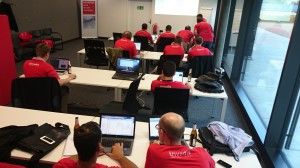
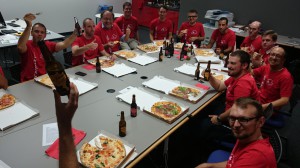
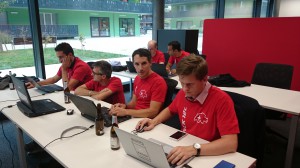
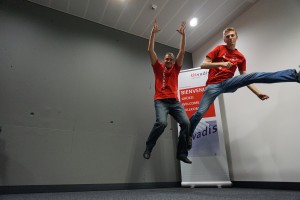
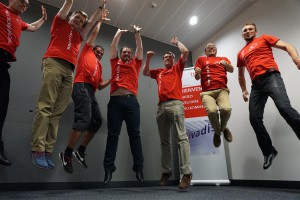
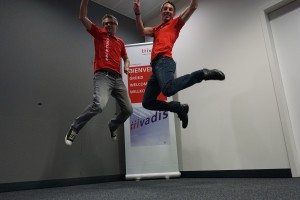
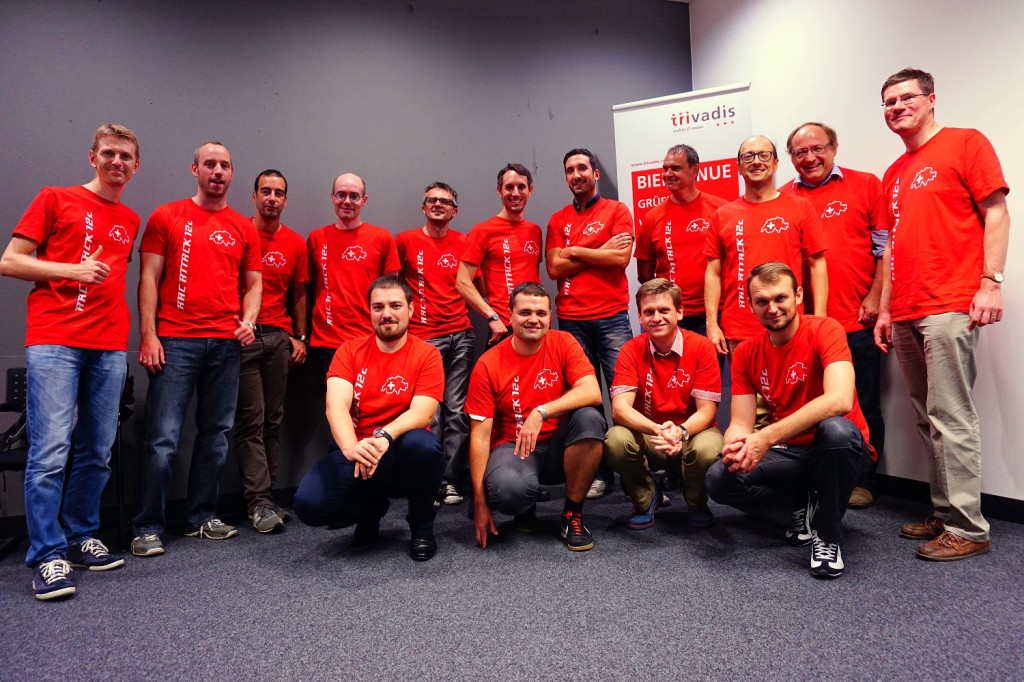




 Après
Après  Agenda
Agenda